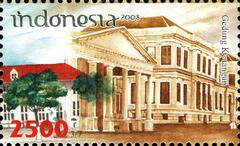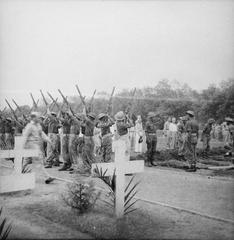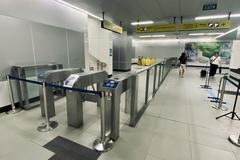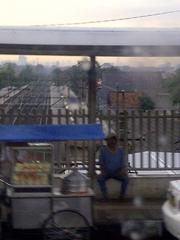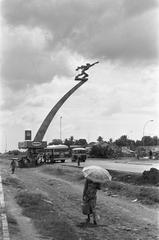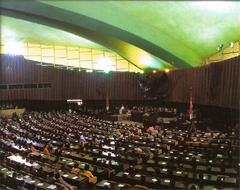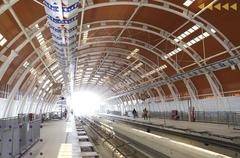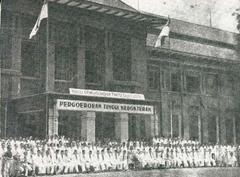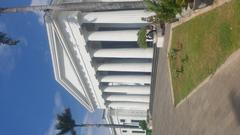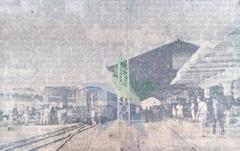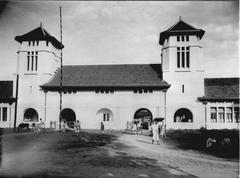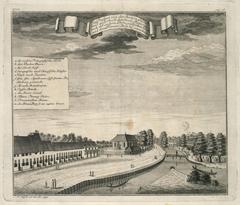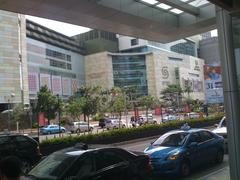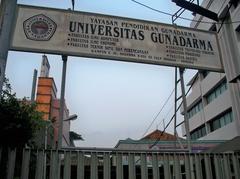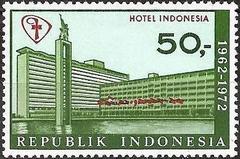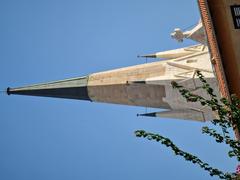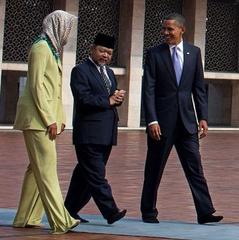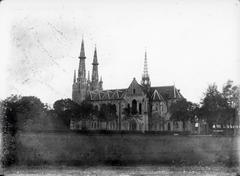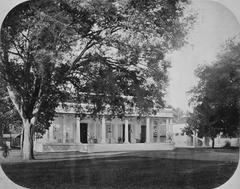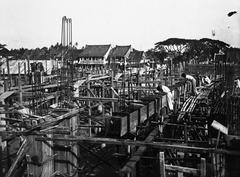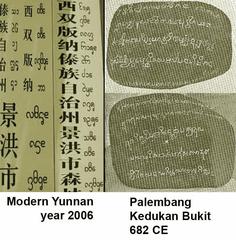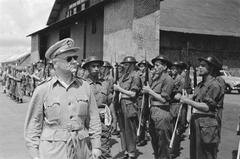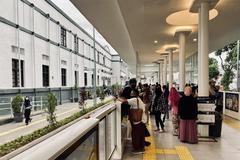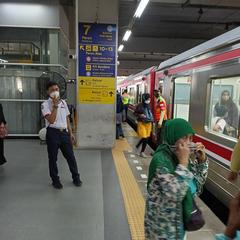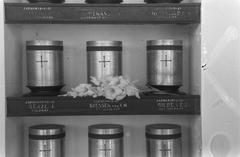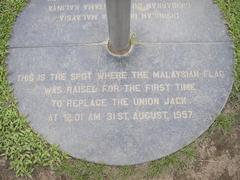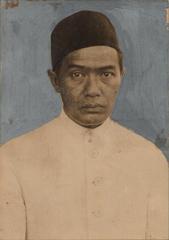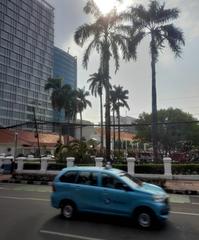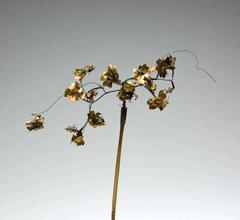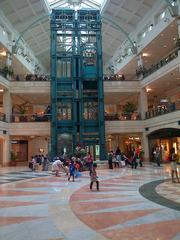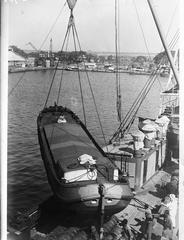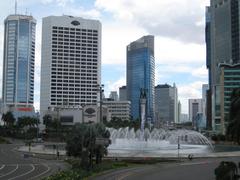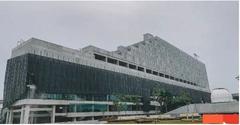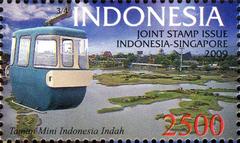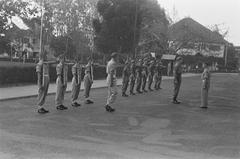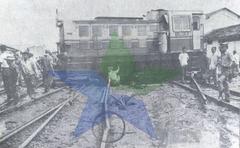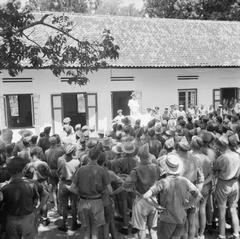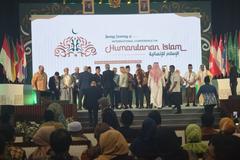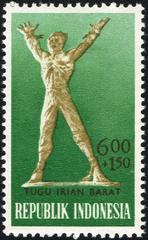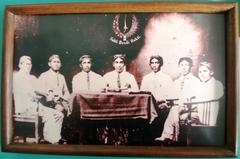
An-Nawier Mosque Jakarta: Visiting Hours, Tickets, and Travel Guide
Date: 04/07/2025
Introduction: An-Nawier Mosque—A Window into Jakarta’s Multicultural Past
Nestled in the historic Pekojan district of West Jakarta, An-Nawier Mosque stands as one of the city’s oldest and most culturally significant Islamic landmarks. Founded in the mid-18th century, the mosque is a living testament to Jakarta’s rich heritage, shaped by centuries of Arab, Yemeni, Indian, and indigenous Betawi influences. Its unique blend of Middle Eastern, Javanese, and Dutch colonial architecture, coupled with its enduring role as a center for worship, education, and social welfare, makes An-Nawier Mosque an essential stop for anyone interested in the story of Jakarta’s diverse communities (factsanddetails.com; observerid.com; ekaputrawisata.com).
This guide provides a comprehensive overview of An-Nawier Mosque’s history, architectural highlights, visitor information—including hours, tickets, and accessibility—local etiquette, and travel tips, as well as suggestions for exploring the surrounding Pekojan neighborhood and other nearby attractions.
Table of Contents
- Historical and Cultural Overview
- Architectural Highlights
- Visiting Information
- Nearby Attractions
- Cultural Practices and Local Life
- Practical Travel Tips
- Frequently Asked Questions (FAQ)
- Conclusion and Next Steps
- References
Historical and Cultural Overview
The Origins and Role of An-Nawier Mosque
Founded in 1749 by Syarifa Fatimah binti Husen Al Idrus, An-Nawier Mosque arose during a period when Batavia (now Jakarta) was a bustling hub for traders from the Middle East, India, and beyond (factsanddetails.com). The surrounding Pekojan neighborhood became home to Arab, Yemeni, and Indian merchants, making it one of Jakarta’s most cosmopolitan quarters. The mosque quickly established itself as a center for worship, Islamic scholarship, and community life.
Pekojan’s multicultural character is reflected in the area’s architecture, culinary scene, and enduring traditions. Today, An-Nawier Mosque is not only a place of worship but also a symbol of Jakarta’s pluralistic identity (observerid.com; holidayayo.com).
Architectural Highlights
A Blend of Cultures in Stone and Timber
An-Nawier Mosque’s architecture is a harmonious fusion of Middle Eastern, Javanese, and Dutch colonial styles. Its L-shaped prayer hall, supported by 33 symbolic pillars, can hold up to 2,000 worshippers. The 17-meter-high minaret, resembling a lighthouse, stands as a prominent marker on Jakarta’s urban landscape and is steeped in local history, having served as a refuge for freedom fighters (factsanddetails.com).
Key features include:
- Main Prayer Hall: Spacious, with high wooden columns and intricate Quranic calligraphy.
- Architectural Details: Dutch-influenced doors and windows, traditional Betawi decorative elements, and Middle Eastern motifs.
- Minaret: Used for the adhan (call to prayer), adorned with geometric patterns.
- Courtyard & Ablution Area: A tranquil, shaded space for gathering and ritual purification.
- Symbolic Elements: The seven gates represent the seven heavens in Islamic tradition, and the blend of styles embodies the unity and diversity of Jakarta’s Muslim community (ekaputrawisata.com).
Visiting Information
Visiting Hours
- Open: Daily, 8:00 AM to 5:00 PM.
- Note: Access may be limited during prayer times, especially Fridays and religious holidays such as Ramadan. Always check local schedules or contact the mosque before visiting (holidayayo.com).
Tickets and Entrance Fees
- Entry: Free for all visitors.
- Donations: Voluntary contributions are appreciated and help support mosque maintenance and community programs.
Guided Tours
- Availability: Guided tours are available by request and offer deeper insight into the mosque’s history, architecture, and community role.
- Booking: Recommended to arrange in advance via the mosque administration or local tourism agencies.
Accessibility
- Mobility: The mosque is accessible for visitors with mobility challenges, with ramps and flat pathways in most areas. Some older sections may have limited access; contact the mosque ahead for details.
- Facilities: Restrooms and ablution facilities are available for visitors.
Dress Code & Etiquette
- Modest Attire: Men should wear long pants and sleeved shirts. Women are required to wear long skirts or pants, long-sleeved tops, and headscarves. The mosque provides loaner garments if needed.
- Shoes: Remove shoes before entering the prayer hall.
- Behavior: Maintain a quiet, respectful demeanor; silence mobile phones; avoid public displays of affection.
- Non-Muslim Visitors: Welcome, but should avoid the main prayer hall during services.
Photography
- Permitted: In exterior and designated interior areas.
- Restrictions: No photography during prayers or of worshippers without permission (tripsavvy.com).
Nearby Attractions
- Langgar Tinggi Mosque: Historic two-story mosque built in 1829, a short walk away (holidayayo.com).
- Kota Tua (Jakarta Old Town): Colonial-era museums, Fatahillah Square, and vibrant street life (agoda.com).
- Sunda Kelapa Harbor: Jakarta’s historic port, famous for its traditional wooden schooners.
- Istiqlal Mosque & Jakarta Cathedral: Indonesia’s largest mosque and its neighboring cathedral, symbols of interfaith harmony.
- Pasar Baru: A bustling traditional market renowned for textiles and street food.
Cultural Practices and Local Life
Religious and Social Activities
An-Nawier Mosque remains a hub for daily prayers, Friday congregations, religious festivals, Quranic studies, and charity events. During Ramadan, the mosque is particularly lively, with community gatherings and special prayers (factsanddetails.com).
Culinary Traditions
Pekojan’s streets are lined with eateries serving dishes like nasi kebuli, roti cane, and Middle Eastern sweets, reflecting the area’s multicultural roots (nowjakarta.co.id).
Preservation and Urban Change
Community-driven restoration efforts balance the mosque’s historic integrity with modern needs. Ongoing projects ensure the preservation of architectural features such as the original wooden pulpit and the distinctive minaret (academia.edu).
Practical Travel Tips
- Getting There: Pekojan is accessible by taxi, ride-hailing apps, or TransJakarta buses. Exploring on foot is recommended.
- Best Time to Visit: Early morning or late afternoon to avoid heat and crowds.
- Safety: The area is generally safe; remain vigilant with personal belongings.
- Local Etiquette: Respect local customs and avoid eating or drinking in public during Ramadan.
Frequently Asked Questions (FAQ)
Q: What are An-Nawier Mosque’s visiting hours?
A: Daily from 8:00 AM to 5:00 PM, with access limited during prayer times and religious holidays.
Q: Is there an entrance fee?
A: No, entry is free; donations are appreciated.
Q: Are guided tours available?
A: Yes, by arrangement with the mosque administration or local agencies.
Q: Is the mosque accessible for people with disabilities?
A: Most areas are accessible; contact in advance for specific needs.
Q: What is the dress code?
A: Modest clothing covering arms and legs; women must wear headscarves.
Q: Can I take photographs inside?
A: Yes, in designated areas and outside prayer times, with respect for worshippers.
Conclusion and Next Steps
Visiting An-Nawier Mosque is a journey into Jakarta’s layered past, where cultures, faiths, and histories converge. Whether you seek architectural beauty, spiritual reflection, or a deeper understanding of Indonesia’s Islamic heritage, the mosque offers a unique and welcoming experience. Enhance your visit by exploring nearby attractions in Pekojan and Kota Tua, and immerse yourself in the local culinary scene.
For up-to-date information, guided tour bookings, and interactive maps, download the Audiala app. Follow us on social media for the latest news and travel inspiration on Jakarta’s historical sites.
References
- Discovering An-Nawier Mosque: A Historical Gem Among Jakarta Historical Sites
- Journey into the Past: Pekojan Arab Village
- Discover the Spiritual of Every Jakarta Mosque
- 3 Buildings Witness the History of the Spread of Islam in West Jakarta
- Discover the Top 5 Attractions in Jakarta You Can’t Miss
- The restoration of old mosques heritage in Pekojan Jakarta
- Mosque Etiquette for Visitors
- Pekojan: Jakarta’s Historic Arab Village

